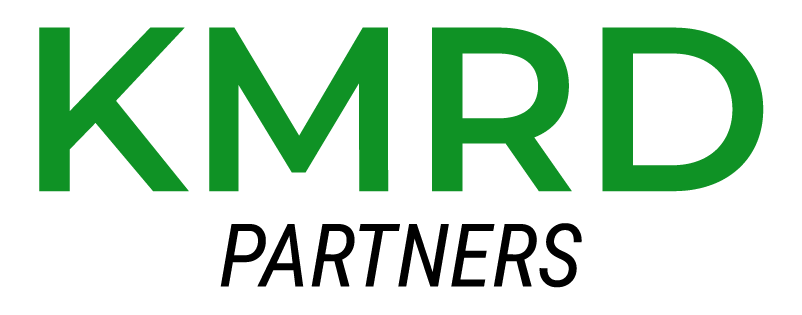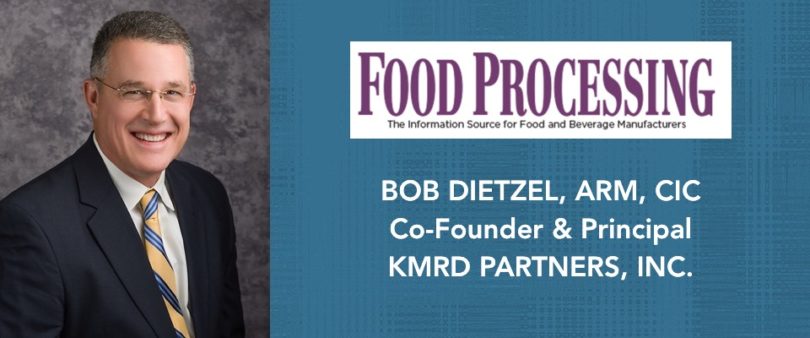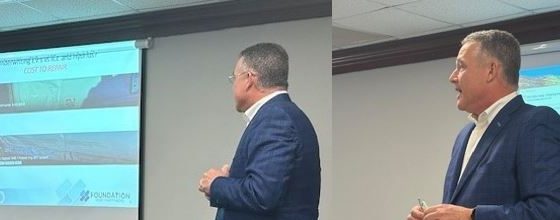Risk Management for Nanotechnology and Food Recalls
Insurance carriers can help assess and transfer the growing risks from food recalls and nanotechnology.
While food recalls can result from fears of bacterial contamination, they can also result from labeling mix-ups and undeclared contents. Earlier this year Ben & Jerry’s Ice Cream recalled products due to undeclared peanuts, Whole Foods Markets recalled cold pressed apple juice due to undeclared cashews, Ronzoni recalled macaroni products due to undeclared egg and Wegmans recalled O’Brien frozen hash browns due to potential contamination with extraneous golf ball materials.
Not every recalled food product will cause physical injury to the purchasing public. Yet, financial and reputational impact from a product recall can be felt throughout the affected organization and food industry as a whole. Without proper risk analysis and risk transference through insurance products, an affected company could potentially suffer severe and long lasting financial impact.
Nanotechnology increasingly is becoming one of those “undeclared ingredients,” and should be considered an escalating risk by food companies. Nanotechnology is the study and application of material between 1 and 100 nanometers, with a nanometer measuring one billionth of a meter. It is useful to note a dollar bill is 100,000 nanometers thin to understand how small a nanometer is. While the unit of measurement applied to nanotechnology may be small, interest has been large, as over $22 billion has been invested in nanotechnology since 2001.
Although not enough is known about how incorporating products with nanotechnology may impact peoples’ health, the FDA has recently begun to take a rules-related stance on its use in products produced for human consumption and application.
Nanotechnology is increasingly used in food packaging applications, such as gas barriers and antimicrobial surfaces. Nanomaterials have already been incorporated into such foods as dietary supplements and “food contact” substances including cutting boards, plastic containers and sandwich bags used to store leftovers or pack lunches.
Following are some concerns over the application of nanotechnology in food products:
- Nanoparticles can potentially become an indirect source of food contaminant.
- Uptake of nanomaterials alters the absorption profile and metabolism in the body.
- The toxicity of nanoparticles remains largely unknown.
- There is a lack of effective analytical method and predictive model to evaluate the safety of nanoparticles.
Manufacturers also use titanium dioxide (TiO2) on a nanoscale for a variety of consumer products including paint, sunscreens, cosmetics and food. TiO2 is a naturally occurring mineral with the twin advantages of being colorless and absorbent. Food manufacturers depend upon it to achieve a desired color or consistency in such products as coffee creamer, mints, pudding and chewing gum.
In the food industry, nanotechnology remains uncharted territory for both the company and the FDA. Following are just a few potential “black swan” events, or unknown unknowns: What are the consequences if someone or a group of individuals gets sick from products incorporating nanotechnology? What if the results are long lasting and/or far-reaching? What will the consequences be for the growing population allergic to TiO2?
Even in nanotechnology, executive officers can manage a company’s risk profile by carefully monitoring and offering clear labeling and product usage guidance to its operating teams. The company must also take rigorous steps to fully understand how to execute a product recall prior to a recall event, determine how the company’s insurance carrier will respond in the event of a recall and learn if there is a limitation to the use of nanotechnology on the recall policy before a product recall occurrence.
Whether the cause is nanotechnology or undeclared peanuts, it is critical for food companies to enlist the guidance of risk management and insurance professionals to think through and plan for the “when” as opposed to the “if” of a product recall and to mitigate and transfer potentially calamitous risk. Your company’s insurance broker or carrier can help assess, mitigate and transfer the growing risks from food recalls and nanotechnology.




